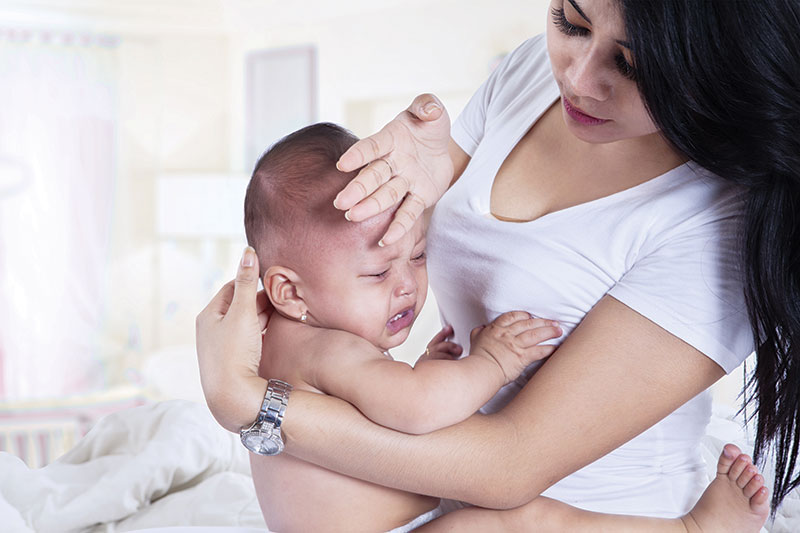Treating infant cold infections: ParentsWorld spoke to child nutritionists and paediatricians to suggest effective ways of treating cold symptoms of infants – Cynthia John

New-borns and infants are more susceptible to cold infections as their immunity systems are still developing. Since they are too young to express discomfort and vocalise pain through loud and continuous crying, parents express extreme frustration about ways and means to address child distress caused by cold infections. ParentsWorld spoke to child nutritionists and paediatricians to suggest effective ways of treating cold symptoms of infants.
Breastmilk
Breastmilk greatly boosts a child’s immunity. If your infant has a cold infection, you should continue breastfeeding. Ditto if you have an infection. Many mothers worry unduly about passing on infections to their newborns through breastmilk. “A new mother’s body creates antibodies against her own infection and breastmilk contains those antibodies. So when you breastfeed you are helping your baby fight infections,” says Sonali Shivlani, a Mumbai- based lactation and child nutrition counsellor and executive director of CAPPA India (Childbirth and Postpartum Professional Association).
based lactation and child nutrition counsellor and executive director of CAPPA India (Childbirth and Postpartum Professional Association).
However, she advises parents to follow basic hygienic practices such as washing and drying hands before breastfeeding, and to avoid coughing or sneezing when near a new-born. Also keep family members suffering from viral infections far away from infants.
Mild steaming
Another effective way to clear an infant’s stuffy nose is through steaming. But, this panacea has to be administered very differently for infants. Suffuse a bathroom with steam vapours by turning on the hot shower. When the room is full of steam, carry your baby into the bathroom. This gentle exposure will clear the nasal tract. You could also fill a bucket with hot water, and sit near — but not too near — it with your baby. Don’t mix any type of pain balm or medicine in the water, as the steam can carry its vapours into the lungs of infants, which is very harmful. Only plain water must be used.
Saline solution
“Infants can’t blow their noses like adults do. Therefore infuse one or two drops of saline solution in each nostril. This will help to decongest the nose,” says Dr. Basavaraju B.S, a practising paediatrician at Rohit Children’s Clinic, Bangalore.
Saline solution is available over-the-counter in pharmacies. It comprises sterile water and salt and is without medication. Alternately, make your own saline solution by boiling two cups of water. Add a teaspoon of salt. Allow it to cool for 10-15 minutes and store it in a sterile bottle. Use it within 24 hours. After administering the drops, gently pull out your child’s mucous using a bulb syringe if needed. Raise the level of your baby’s head by using a pillow or folded towel to ease breathing.
New-borns under three months of age are prone to developing secondary infections, so it’s best to consult a paediatrician. For infants aged above three months, watch out for other symptoms such as fever above 100.4°C, inability to feed, severe cough, ear pain, red eyes, or unusually high levels of irritability. In such cases, you should immediately consult a paediatrician.
Source: How to prevent frequent colds























